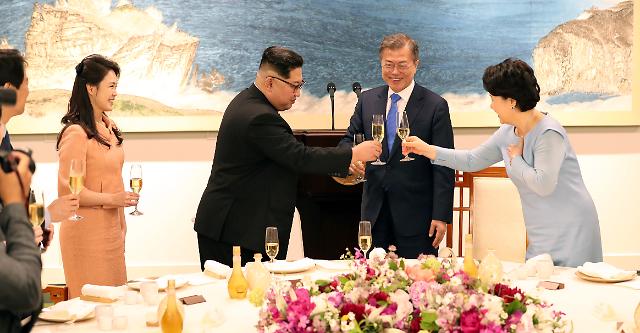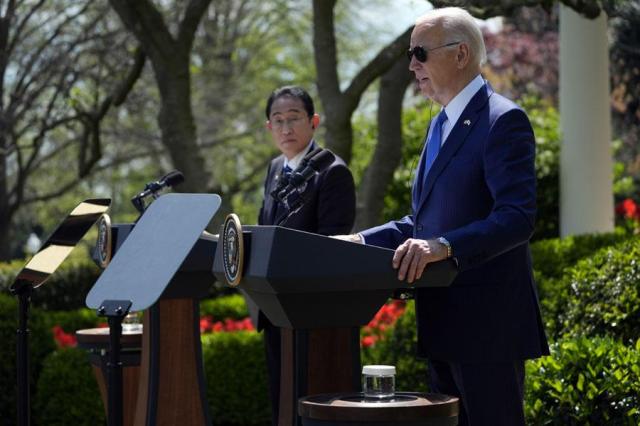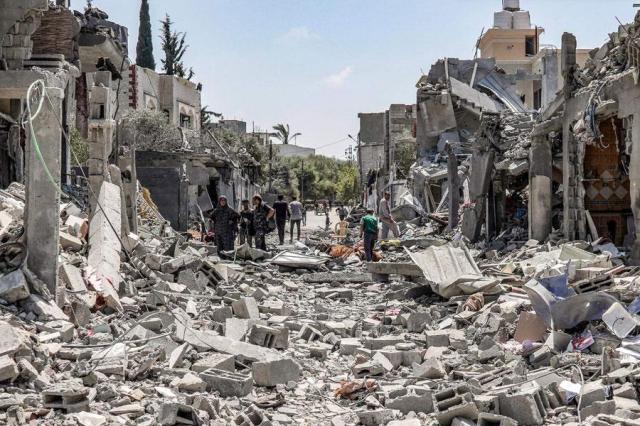
North Korean leader Kim Jong-un toasts with the wife of South Korean President Moon Jae-in at a post-summit dinner in Panmunjom.[Joint Press Corps]
SEOUL -- South and North Korea agreed to turn a fragile truce accord into a permanent peace regime at their historic summit on Friday, but it requires arduous work because the Korean peninsula has been in a status of war for more than six decades.
South Korean President Moon Jae-in and North Korean leader Kim Jong-un in the truce village of Panmunjom unveiled a timetable to sign a peace treaty this year. "Establishing a firm peace system on the Korean peninsula by ending the abnormal current ceasefire is a historical task that can not be delayed any longer," they said in the so-called Panmunjom Declaration.
To convert the armistice into a peace treaty, the two leaders agreed to push for three-way talks involving the two Koreas and the United States or a four-way meeting involving the two Koreas, China and the United States. South Korea was not a signatory to the armistice agreement.
Moon described the peace treaty as "a very important agreement that can fundamentally change the international order" around the Korean peninsula.
However, the inter-Korean agreement should be endorsed by other relevant countries including the United States and depends on how to realize denuclearization. The issue would be raised at talks between Kim and Trump in May or early June, but U.S. President Donald Trump has threatened to walk away if his meeting with Kim is not fruitful.
Friday's agreement underlines a change in North Korea's previous stance.
Pyongyang has maintained the long-standing policy of bypassing Seoul in negotiations with Washington on sensitive issues such as missiles, nuclear weapons, and a peace treaty.
During the 1950-53 Korean War, troops from the United States and other countries fought alongside South Korea under a United Nations flag. The two Koreas are still technically at war because no peace treaty was signed. The Demilitarized zone (DMZ), a buffer zone which bisects the Korean peninsula, was set up under a truce accord signed by North Korea, China and the United States.
Moon and Kim decided to turn the DMZ into a truce peace zone by implementing previous accords signed at the second inter-Korean summit in 2007.
At previous talks, the two Koreas have discussed the same subject or signed accords on ending hostilities, but they were back to square one because Pyongyang always insisted on a separate non-aggression accord with Washington.
Much work remains to be done because the border has been heavily fortified with concrete walls, electric fences, landmines and more than 200 guard posts set by the two sides. The two sides agreed to hold regular military talks, starting with a general-level meeting next month.




